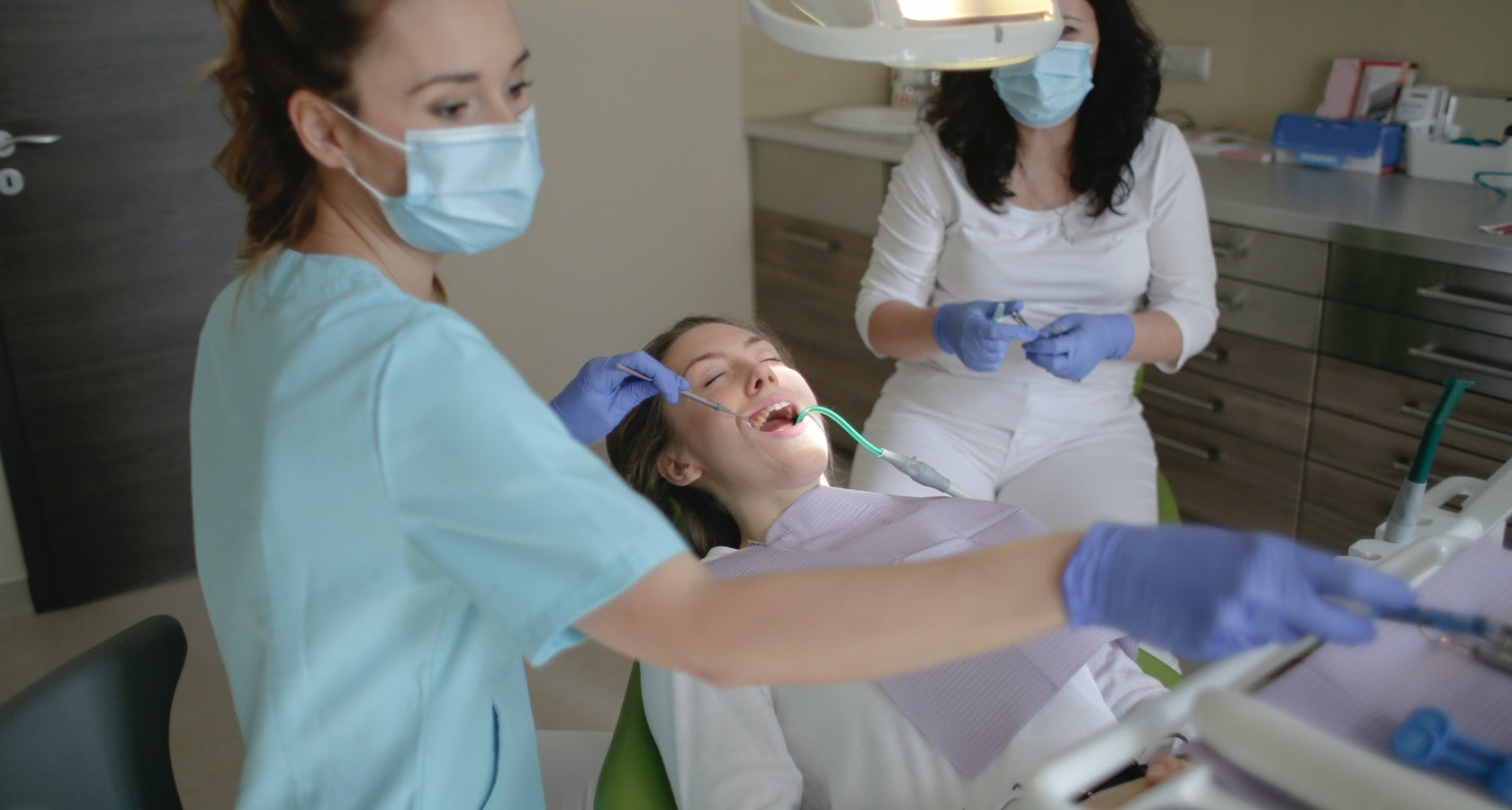About PCL Surgery
"The Posterior Cruciate Ligament (PCL) is one of the four major ligaments in the knee, located at the back, where it helps stabilize the joint by preventing the shin bone (tibia) from sliding too far backward. PCL injuries are less common than ACL tears and often occur due to direct trauma, such as a car accident or a fall onto a bent knee. While mild PCL tears may heal with rest and physical therapy, severe tears or instability may require surgical intervention to restore knee function and prevent long-term damage.
The Procedure:
PCL surgery typically involves reconstruction, as the ligament rarely heals adequately on its own when fully torn. I use advanced arthroscopic techniques—minimally invasive methods with small incisions and a camera—to perform the surgery. Here’s what the process entails:
1. Graft Selection: The damaged PCL is replaced with a tissue graft to serve as the new ligament. This can be an autograft (harvested from your own body, such as the hamstring or quadriceps tendon) or an allograft (donor tissue), chosen based on your specific case and goals.
2. Graft Placement: Small tunnels are carefully drilled into the femur (thigh bone) and tibia (shin bone) to anchor the graft in the precise anatomical position of the original PCL.
3. Securing the Graft: The graft is fixed using screws, buttons, or other fixation devices to hold it securely while it integrates with your knee over time.
4. Closure: The tiny incisions are closed with sutures or adhesive strips, reducing scarring and promoting faster healing.
Duration and Anesthesia: The procedure typically lasts 1-2 hours and is performed under general or regional anesthesia for your comfort.
Recovery: After surgery, rehabilitation is critical to success. I collaborate with physical therapists to create a personalized recovery plan, starting with protecting the knee and gradually introducing range-of-motion exercises, followed by strength and stability training. Most patients can resume light activities within a few months, though full recovery—especially for high-demand activities—may take 6-12 months, depending on the injury’s severity and your progress.
My focus is on delivering precise, patient-centered care to help you regain stability and confidence in your knee. If you suspect a PCL injury or are exploring treatment options, let’s evaluate your condition together and determine the best course of action for your lifestyle and needs."
